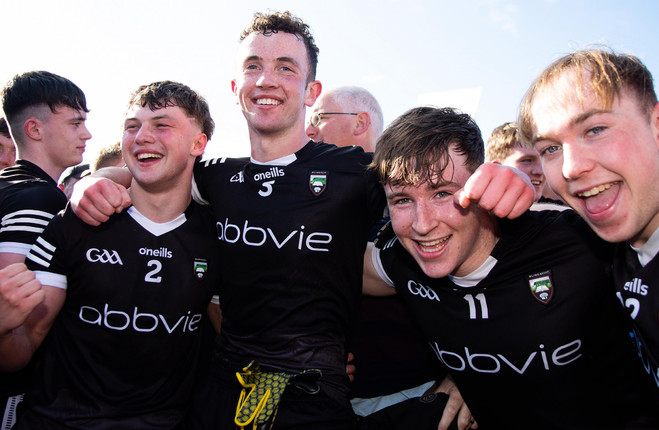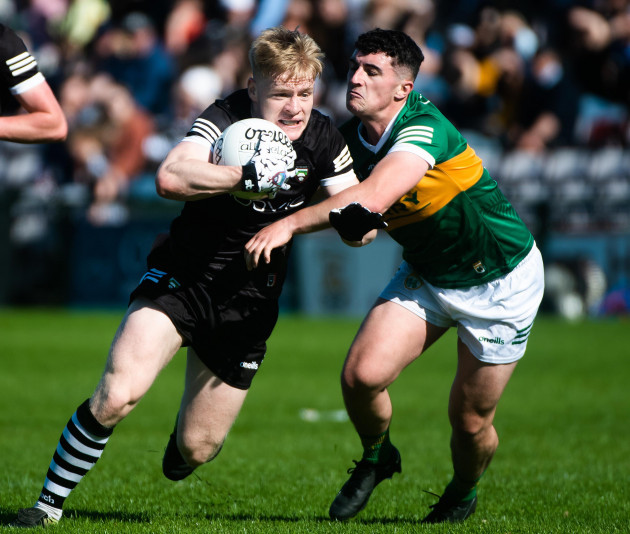I see my light come shining / From the West down to the East
Bob Dylan, “I Shall Be Released”
I
Sligo is showing considerable promise as a Gateway centre, according to a major new report which measures the extent to which the designated gateways are progressing as drivers of regional economic development . . . The report said the perception of the Gateway among its residents was high, in particular awareness of its Gateway status. The perception of Gateway quality was akin to the national average, and Sligo was perceived by residents as improving.
Sligo Champion, April 2009
II
Somewhere along the Pearse Road there used to be a sign welcoming drivers to Sligo, Gateway City. It always caused me some irritation.
Whatever benefits existed for regarding Sligo as a place one simply passes through, stopping for a coffee or a meal along the way, such a designation was at odds with the character of this place.
Other small counties might be satisfied as capillaries coursing travellers through the country to more vital destinations, but Sligo, to those who’ve known it, is a beating heart.
We come and we go to this place, but we never just travel through it.
III
“Coming here and being beside Innisfree, I’m just awestruck by the place. To me as an outsider, there’s something elusive about Sligo. I find it very hard to define it and I think, maybe, it’s because it’s half-spirit country. An eerie place.”
Tommy Tiernan, Epic West
IV
I can measure the time I have lived away from Sligo by my tolerance of Tommy Tiernan’s mystical assessment of the place. The “half-spirit country” doesn’t resonate with me, but then, why would it? Coming from Sligo, I’ve never felt any need to define it.
The longer I am away, however, the more vividly I’m reminded that these spirits, the elusiveness and the eeriness he felt must have travelled with me if they exist at all.
For all that I resent the notion of Sligo being a transactional place people pass through, it can be acknowledged that plenty who started within have had cause to leave for somewhere else. It has left the place poised for external exploration, such as Tiernan attempted.
Jack B Yeats’s attempts at capturing Sligo have not received the attention his brother’s continues to, but I find his translation of a Sligo childhood to the canvas altogether more accessible.
Dublin-born, the younger Yeats brother “delighted in both the physical and imaginative freedom the place afforded him,” wrote Donal Maguire and Brendan Rooney for a 2021 exhibition of Yeats’s work in the National Gallery. “His idyllic boyhood in Sligo would establish itself as an emotional touchstone, the metric against which future experiences would be measured.
“Incidents and characters from these early years in Sligo stayed with Yeats through his long life.”
Images of life from the early 20th century, one Yeats painting, “A Morning” (1936), typical in its oil-painting style and the presence of a barely distinguishable figure on horseback, sufficiently struck Samuel Beckett as an image worth purchasing – in instalments.
On occasion, the figures and their whereabouts were more easily divined.
V
Growing up in Sligo, he lived the life of a local village boy, walking ‘about the country roads… attending fairs, sports, circuses and races.’ He enjoyed a relatively comfortable existence with his grandparents near Rosses Point and acquired a deep fondness for the small port town and its residents. In turn, his paintings would afford the townspeople heroic status.
Maguire & Rooney
VI
“Pilot, Sligo River” (1927) demonstrates such heroism writ large.
The pilot in question was Michael Gillen, a recurring figure in Yeats’s work, and his role involved guiding incoming ships through Rossess Point up toward Sligo town.
Stood with a peaked cap, beard and hands buried in his pockets, Yeats captures the pilot in a moment of respite, surveying the water out ahead of him with his back to the land.
In some contrary way, perhaps, he is a living embodiment of that dreaded Gateway City sign; a reminder of Sligo’s longstanding reputation as a place where outsiders descend to do their business before venturing back out the same Rossess Point inlet onto the Atlantic Ocean.
Yeats does not allow you to consider this figure as some sort of incidental fellow, however. No more than the Statue of Liberty in New York’s harbour, the Pilot signifies that wherever you have come from only now have you arrived.
This is a totemic giant captured in the bodily comfort of an everyday Sligoman.
VII
The sign marking one’s arrival in Sligo, Gateway City isn’t situated on the Pearse Road anymore.
Since the construction of the New Road (it’s not that new, really, but the name’s stuck), another sign – or perhaps it is the original one – has been erected along there instead.
Beyond this desire to be known as a Gateway City, Sligo’s alternative moniker of Yeats Country (albeit preferrable) similarly hints at a collective willingness for this place to be determined by an outsider’s eye.
To be fair, William, for whom the name arose, and his brother Jack were both linked to Sligo through family and we are richer for the depictions of this place through their literature and artworks. Nevertheless, Sligo was a place they travelled to as young people and extracted meaning from as adults.
Jack’s “Pilot” or William’s “Lake Isle of Innisfree” were there before they arrived in some form or other, and continued to exist in their absence – albeit better known now to the world at large.
Last Saturday, a group of young Sligo footballers defeated their counterparts from Kerry to reach what will be the county’s first All-Ireland final appearance at U20 level. Had the senior footballers managed to upset Galway and win a Connacht championship the following day, it would have been the greatest weekend Sligo GAA has ever known.
Once upon a time, the events of the All-Ireland U20 final that will be played this weekend against Kildare might have seemed almost incidental; simply getting there in the manner that Sligo did, defeating Roscommon, Mayo, Galway and Kerry would have been success by any metric.
It is a testament to this incredibly well-coached, exciting young team that success will mean actually winning the thing, however.
A humble county more used to finding vindication in what its beautiful scenery and wonderful people evoke in the impressions of outsiders who are just passing through, this team of young Sligo footballers has shaped its own destiny from within and taken it across the country.


